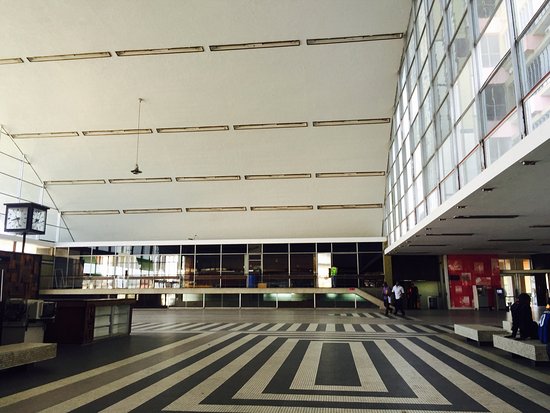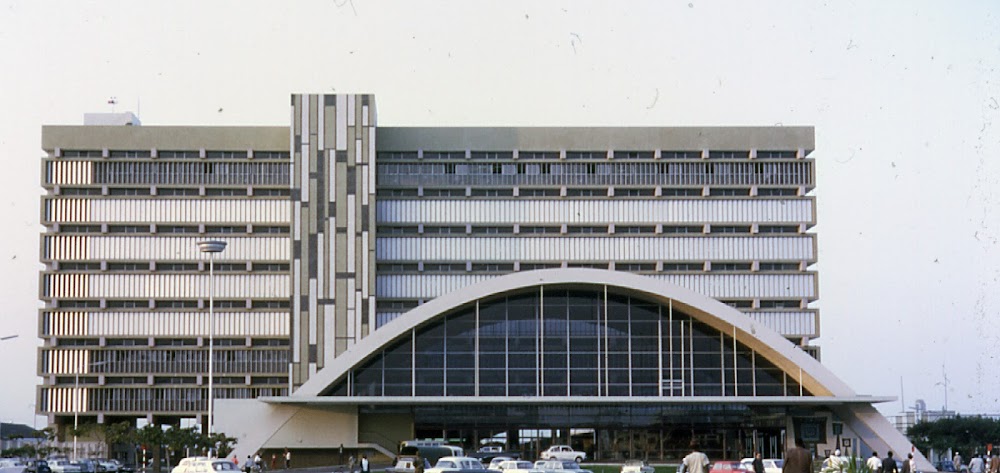Mocuba Historic Railway Station (Estação Ferroviária Histórica de Mocuba)
Overview
**Beira Railroad Station: A Historical Gem in Zambezia Province**
Beira Railroad Station, also known as the Mocuba Historic Railway Station, is a remarkable landmark located in the Zambezia Province of Mozambique. This station is steeped in history, embodying the ambitions and industrial spirit of a bygone era.
Constructed in the early 20th century, Beira Railroad Station was part of a larger railway network initiated by Portuguese colonial authorities. The primary goal was to establish efficient transportation links for the movement of goods and people across the colony and beyond, facilitating trade with neighboring countries.
The architectural design of the station reflects the classic colonial style of the time, merging utilitarian functionality with aesthetic appeal. Visitors will admire its large overhanging eaves, spacious platforms, and intricately crafted ironwork. The tall, arched windows and doors were strategically incorporated to enhance ventilation and natural lighting, which are essential in Mozambique's tropical climate.
Building the station was no small feat; it required significant engineering prowess and human effort. Construction relied heavily on imported materials such as steel and cement sourced from Portugal and Britain. Local laborers, alongside skilled craftsmen from Europe, collaborated on this project, skillfully merging indigenous techniques with modern engineering methods.
The railway tracks were laid meticulously, traversing rough terrains, crossing rivers, and cutting through dense forests. Workers faced numerous challenges, including extreme weather conditions, wildlife encounters, and the looming threat of diseases like malaria. Engineers constructed bridges and tunnels to ensure safe passage across these difficult landscapes.
Initially, the Mocuba Historic Railway Station thrived as a bustling hub for exporting agricultural products such as sugar, tea, and timber. Trains laden with these goods would travel to the Beira port, facilitating international shipments. The station also played a crucial role in passenger travel, connecting remote rural areas with urban centers and promoting social and economic interactions.
Over the decades, the station has witnessed significant historical events. During the Mozambican War of Independence, the railway line became a vital supply route for troops and materials. Even after independence, the station continued to serve the local community, although it faced periods of neglect and damage due to civil strife and insufficient funding.
In recent years, efforts have been made to restore and preserve the Beira Railroad Station. Acknowledging its historical value as a cultural heritage site, local authorities and international organizations have undertaken initiatives aimed at refurbishing the building and railway tracks. Restoration efforts focus on maintaining the structural integrity while preserving the station's original architectural charm.
Today, the station stands as a testament to the rich history and resilience of the Zambezia Province. It symbolizes progress and connectivity, reminding current and future generations of its pivotal role in shaping the region's economic landscape.
There are ongoing initiatives to promote the station as a tourism site, attracting visitors interested in colonial history and railway engineering. These efforts not only aim to safeguard the legacy of Beira Railroad Station but also to bolster local tourism and the economy.
Ultimately, the Mocuba Historic Railway Station is more than just a transport hub; it embodies the industrious spirit, historical significance, and cultural heritage of Mozambique’s Zambezia Province. Capturing the essence of colonial ambition and indigenous perseverance, it stands resiliently, echoing stories from its tracks and walls for all who visit.









